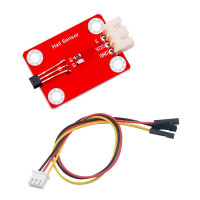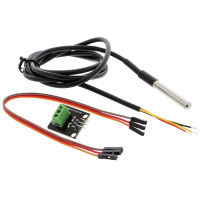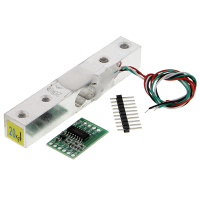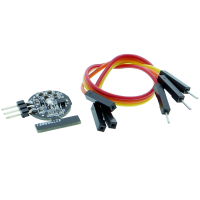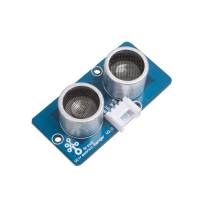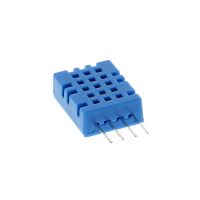Sensors - the electronic sense organs
Sensors are an indispensable part of microelectronics and for a good reason: they enable us to implement complex projects. Sensors serve as electronic signal transmitters (INPUT), which can be further processed by controllers or other control units.
As is so often the case, we find classic examples of the use of sensors in the home. Commercially available kettles usually have temperature sensors that detect whether the water has reached the desired temperature. When this temperature value is reached, the heating element switches off.
What types of sensors are distinguished?
In sensor technology, a rough distinction is made between two types of sensors, active and passive sensors. Active sensors generate an electrical signal and thus do not require any electrical auxiliary power. In the field of microelectronics, we find this type of sensor, for example, in modules that contain a piezoelectric crystal. As soon as the piezoelectric sensors come into contact with a force, i.e. an action on the measuring body, they transmit an electronic signal.
Passive sensors require an additional energy source to generate an electronic signal. Passive sensors change the measured variable as a result of influences from the direct environment. The temperature sensor from the domestic kettle falls into exactly this category. The change in ambient temperature also directly alters the measured variable recorded by the sensor. Typically, the resolution of the detected signal in the field of microelectronics is 5V. The microcontroller converts the measured variable into a numerical value between 0 and 1023.
In addition, a distinction is made between digital and analog sensors. A digital sensor outputs a 1 or a 0 when a threshold value is exceeded, which is usually set variably with a potentiometer located on the sensor. Analog sensors output a measured value between 0 and up to 1023, depending on the applied power supply.
Sensors in microelectronics - our recommendation
In microelectronics, a number of specific sensors have proven to be particularly useful. You will find these sensors among others as part of our starter sets.
Ultrasonic sensor HC-SR04 - sensor for measuring distances
Motion sensor HC-SR501 - sensor for detecting movements
Temperature sensor TMP36GT9Z or DS18B20 - sensor for measuring temperature values
Humidity sensor - sensor for measuring humidity of an element, for example soil moisture
Tilt sensor SW-520D - sensor for determining the position
Furthermore, you can find many other sensors in our store. Especially interesting:
Light barrier - sensor to detect an interruption between a transmitter and a receiver module
MH-Z19B - sensor to measure the CO2 value in the environment, is often used for CO2 traffic lights
Hall sensor - sensor to measure magnetic fields
Weighing pressure sensors - sensors for weight measurement
Beside the above sensors you can find many more in our assortment. If you have any questions about the use or the field of application, please do not hesitate to contact us!











